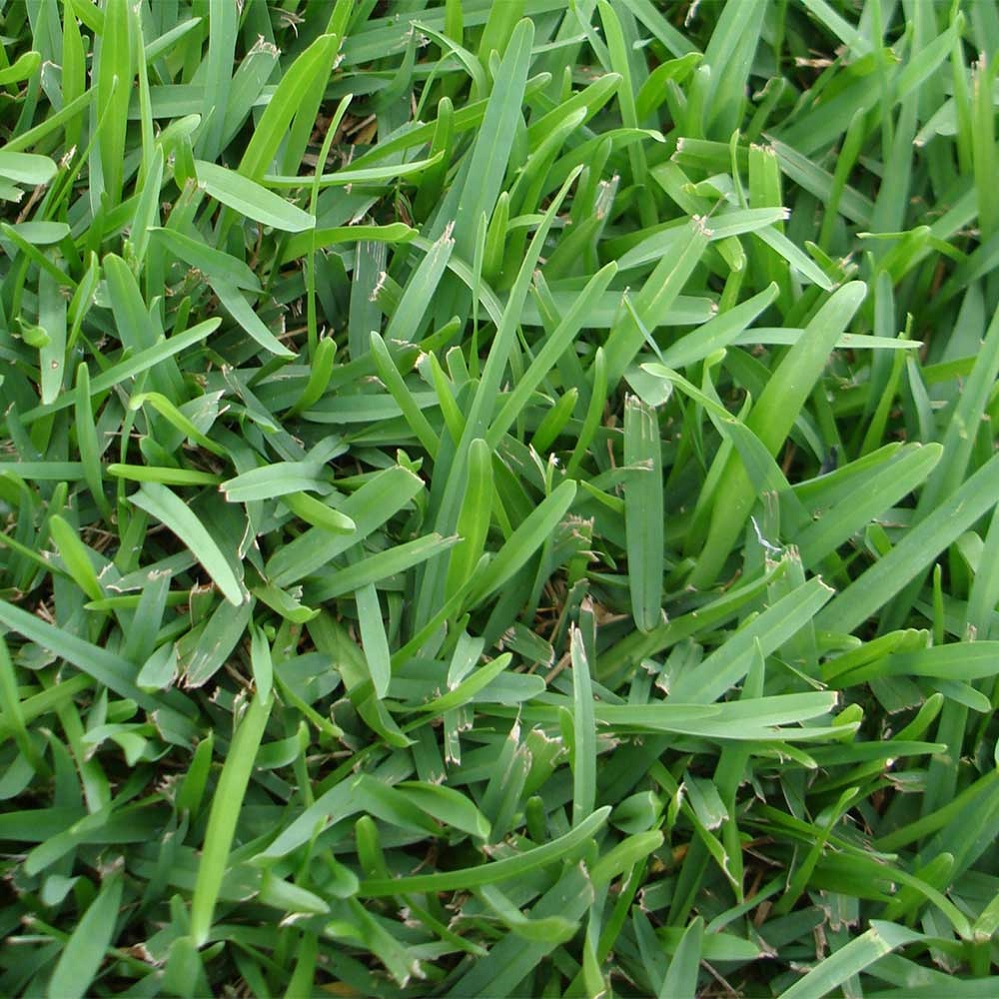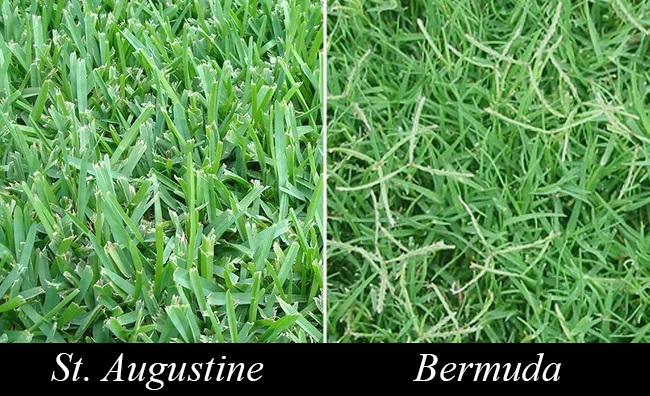April 4, 2025 – 1. What Is A Lawn??
“A plot of grass, usually tended or mowed, as one around a residence or in a park”
“A lawn is a piece of commercial, industrial, or residential land on which grass can grow. A lawn creates a type of natural carpet on which you can relax, have picnics, or play sports.
According to the Merriam-Webster dictionary, a yard is defined as the grounds that immediately surround a house and which are usually covered with grass.
Turf refers to the actual soil on the surface of the ground that contains dense vegetation. Can be artificial, as used in sports stadiums.
2 Common Lawn Grasses in Hopkins County
Bermuda
Bermudagrass (Cynodon dactylon) is a warm-season perennial grass that spreads mainly via underground stems, or rhizomes, and horizontal above-ground stems, or stolons. The grass tolerates a wide range of soil types and soil pH levels, which makes it adapted to most of the Southern U.S.

Common Bermuda grass is widely used for lawns in the Southern United States and is suitable for the region’s climate. Bermuda grass, particularly the common variety, is the most common grass in Texas due to its adaptability to the state’s warm climate and its ability to withstand heavy use. Bermuda has a light-green color and rough texture, and spreads by both stolons (above ground) and rhizomes (below ground).
While common Bermuda grass will thrive in Hopkins County, managing its growth and preventing its spread can be difficult. It can spread quickly and become invasive, posing a threat to other plants and reducing the lawn’s overall appeal.
St. Augustine grass is a warm-season lawn grass that is popular in Hopkins County. It is a medium- to high-maintenance grass that has bluish-green leaves with 1/3-inch wide, flat blades. It has a low, creeping habit and spreads via stolons, forming dense mats that outcompete weeds. It is a popular lawn grass, rivalling bermudagrass, although St. Augustine is somewhat less drought-tolerant. St. Augustine can grow in a wide range of soil types with a pH between 5.0 and 8.5. St.Augustine may perform better in the shade than other warm-season turfgrasses, but to thrive, it still needs 6-8 hours of sunlight each day.

Care of Your Lawn ——
Sunlight—Both Bermuda and St.Augustine lawn grasses need 6-8 hours of sunlight daily. St.Augustine can sometimes survive in shady areas, but it will not thrive, becoming weaker each year, eventually dying out over a few seasons.
Water —-
St.Augustine flourishes in humid coastal regions, and needs more watering attention during our hot, dry summers.
Usually, 1 inch of water a week will suffice, but keeping the soil moist to a depth of 2”-3” is advisable, and it may take more water during the dry months to keep the root zone moist.
One inch of water a week is also recommended for Bermuda lawns. Bermuda is more drought-tolerant, since it has the ability to go dormant in prolonged dry spells, and will “come back to life” after a good soaking rain.
Always water the soil deeply, as frequent, shallow watering will not result in deep roots, making the grass more susceptible to stress during a drought.
Feeding —–
All lawn grasses will benefit from regular feedings of fertilizer. Generally, a 3-1-2 or 4-1-2 NPK ratio (nitrogen, phosphorous, potassium) fertilizer is common, although 21-0-0 is also used for lawns. Having your soil tested is absolutely necessary to discover what your soil actually needs.
A common fertilization schedule is to feed the lawn April 1, May 1, and June 1, skipping the hot months of July and August, and a final feeding on September 1.
Mowing —-
Recommended heights for mowing–
Bermuda — 1”-2”
St. Augustine – 2.5”—3.5”
For optimal health, aim to cut your grass regularly, striving for a consistent height. The goal should be for the grass to spread and grow sideways (horizontally), rather than tall (vertically). Shorter grass encourages lateral growth. Longer grass can help keep your soil cooler, reducing the need for watering. Keep in mind that you want to avoid cutting more than 1/3 of the leaves at one time, nor mowing during periods of extreme heat or drought, as doing so can stress your lawn.
Always keep your mower blades sharp, as dull blades will tear the leaves instead of cutting them cleanly. Mowing wet grass will also result in leaves being torn and damaged.
Beautiful, lush, green lawns do not happen without regular care. Enjoy your time working in your landscape, on the mower, and while watering, so that the end results will make you the envy of your entire neighborhood!






